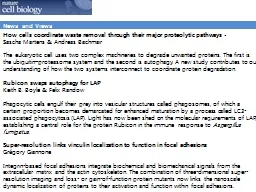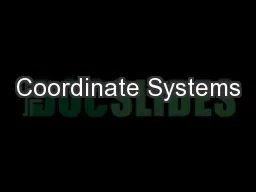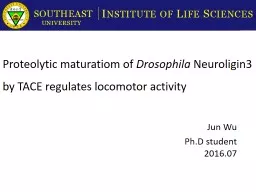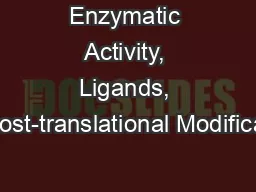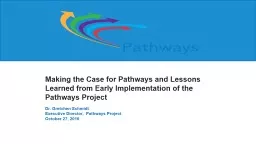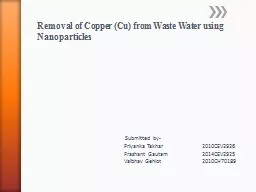PPT-News and Views How cells coordinate waste removal through their major proteolytic pathways
Author : funname | Published Date : 2020-06-23
Sascha Martens amp Andreas Bachmair The eukaryotic cell uses two complex machineries to degrade unwanted proteins The first is the ubiquitinproteasome system and
Presentation Embed Code
Download Presentation
Download Presentation The PPT/PDF document "News and Views How cells coordinate wast..." is the property of its rightful owner. Permission is granted to download and print the materials on this website for personal, non-commercial use only, and to display it on your personal computer provided you do not modify the materials and that you retain all copyright notices contained in the materials. By downloading content from our website, you accept the terms of this agreement.
News and Views How cells coordinate waste removal through their major proteolytic pathways: Transcript
Download Rules Of Document
"News and Views How cells coordinate waste removal through their major proteolytic pathways"The content belongs to its owner. You may download and print it for personal use, without modification, and keep all copyright notices. By downloading, you agree to these terms.
Related Documents

